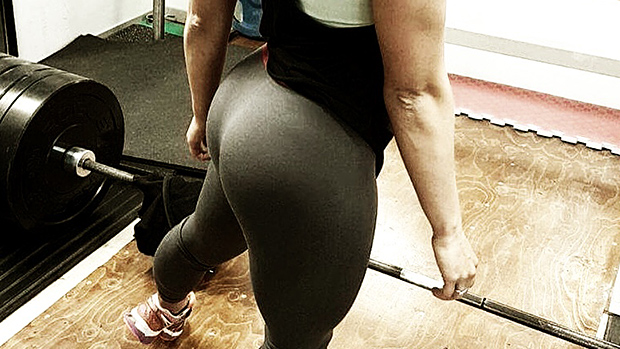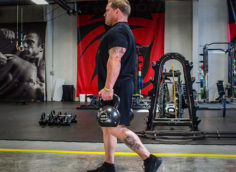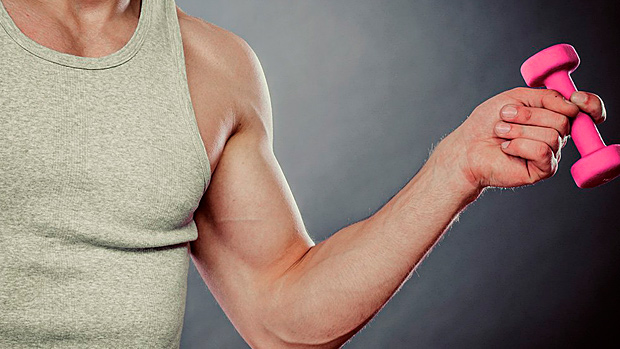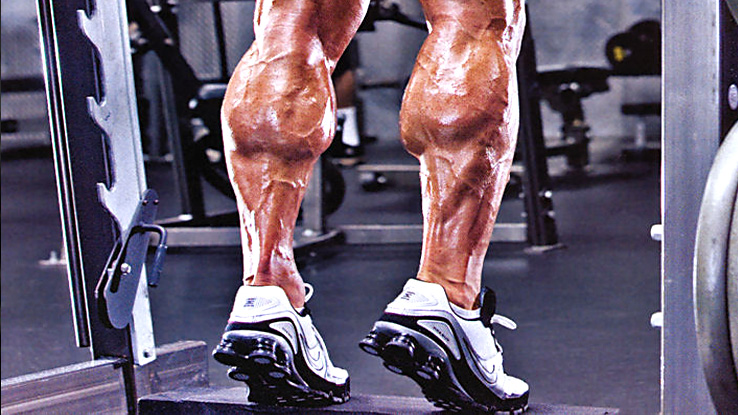Hammer Curl with Ulnar Deviation
I learned this from powerlifting coach Alex Babin who puts a premium on developing the whole forearm to increase performance on the big basic movements.
It's a regular hammer curl with three twists:
- You hold the dumbbells with an offset grip. The outside of your thumb and index finger are touching the weights on the front side, leaving a greater distance from your pinkie finger to the back side of the dumbbell.
- At the start of the movement (bottom position) you fully extend your arms by contracting the triceps.
- While you're flexing the triceps in the bottom position, you execute an ulnar deviation. Imagine trying to move the back portion of the dumbbell upward.
When you curl the weight up, you also do a radial deviation as you flex the elbow (opposite movement as the ulnar deviation).
The full extension at the bottom stretches out your brachialis and biceps a bit more and increases elbow stability. This allows you to recruit the elbow flexors more.
The exercise will strengthen a function of the wrist and forearm that's pretty much never trained and is under-developed compared to its opposing radial deviation. The latter is heavily trained in the hammer curl, so starting the movement with an ulnar deviation and an offset grip will allow you to better balance your strength to help prevent injuries.
Furthermore, that ulnar deviation will have the same effect on the hammer curl as the triceps contraction at the start of the movement. It'll allow you to better recruit the brachioradialis during the ensuing curling motion. All of that makes for a more effective hammer curl.




